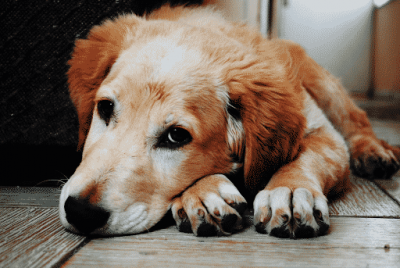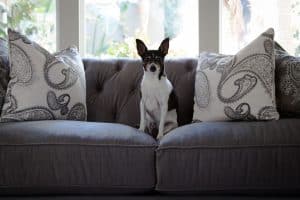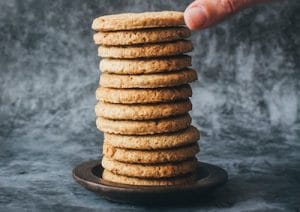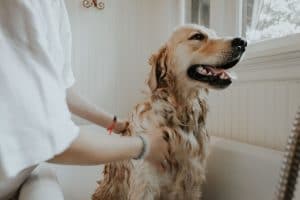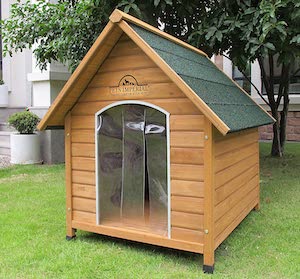Dogs are cute and dogs are loyal. Dogs are fluffy, charming and loveful. But sometimes you’ll say “Help! my dog stinks!” when the whole house smells like dog urine and you must figure out how to keep your house smelling fresh with a dog, and how to stop and get rid of the scent.
What to use when puppy odours take over your home? At Jug Dog we got you covered with this 12 step-remedy to keep your house clean and smelling fresh with a dog.
1. Start sweeping to remove debris on the floor.
Start the battle against pet odour in your house with a thorough sweeping of the floors. Even if you don’t see it with a naked eye, there is debris lying around including dog hair, dirt, dander, and even sweat.
If you’ve had a dog pee on the floor, rest assured that tiny particles like these will each absorb a bit to later strengthen the urine smell throughout your entire house.
If you don’t know how to throw off a dog’s scent, bear in mind that debris should be handled cautiously. In order to keep all pieces in one place and avoid releasing them in the air or you’re not getting rid of the dog pee smell. If you sweep them energetically, they might spread and land on furniture, books, appliances and other belongings.
- Carefully brush off hair and dust;
- Put those in a dustpan;
- Gently release them in the trash bin;
- Place a piece of paper (an old magazine or newspaper will do the work) over the debris to stop it from flying away when the bin is reopened;
- After sweeping the hard floors it’s time to clean them thoroughly with a mop or hard floor cleaning in case of hardwood floors, concrete or in need to get rid of dog urine smell on tiles.
2. Vacuum upholstered furniture thoroughly.
Your next focus should be on the rest of your flooring – carpets and rugs. Huge amounts of debris can easily accumulate in the fibres of a carpet or upholstered sofa and become the reason for the dog smell to stick in your house. Particles that carry the scent easily attach to fabrics.
Vacuum all carpets and rugs on your property and also the upholstered furniture and curtains as they might be hiding some pet hair and dander too. If your vacuum cleaner has a canister, empty it every time after using it.
If your canine companion has long hair and sheds frequently, we advise you to invest in a vacuum cleaner specially designed for pet owners.
3. Steam clean carpets if the smell of dog pee is strong.
In some cases, the bad odour is incorporated into the fibres of the carpet and a regular vacuum cleaner just isn’t enough for removing the smell. So to get rid of the pet odour you could look into specialised carpet cleaning products. The one last thing on the list is to hire a company which offers deep cleaning for carpets.
If you prefer to have it professionally done, make sure to learn if the company uses pet-friendly cleaning supplies to save your pet the struggle of itchy skin. It’s a good idea to keep your dog out of the rooms which are being treated until the carpets and rugs are fully dry. If you want to clean your carpets without a steam cleaner, look into DIY.
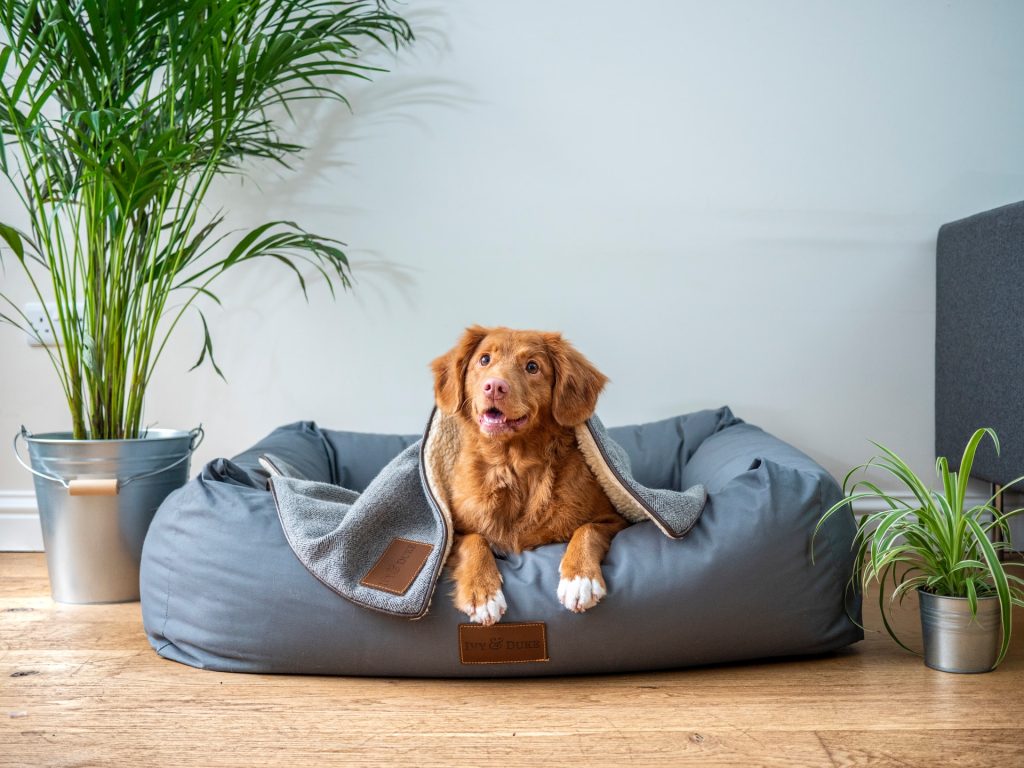
4. Machine wash your pillows, sheets, covers and any other linen.
The fabrics in your home can also keep the pet odour for long. That’s why we recommend properly washing the following linen:
- Bed sheets;
- Blankets;
- Couch cushion covers;
- Pillowcases;
- Throw pillows;
- Towels.
Remember it as a rule of thumb – clean all types of fabrics which are as machine-washable in order to get rid of the dog smell. This also includes your clothes given that you spend a lot of time around your beloved pet. Make sure to wash your clothes regularly as a part of your cleaning routine.
5. How to get the dog pee smell out of the dog bed?
The bed of your furry buddy is probably the item that smells the most in your home. This isn’t surprising at all given that your dog uses it frequently and covers it with hair, saliva and sometimes even urine.
To keep the dog house warm is not enough. To get rid of the pet odour trapped in the dog’s bed, follow these simple steps:
- Remove the cover of the bed and put it in the washing machine. Check the drying instructions written on the label to avoid damage if the cover is not suitable for machine drying.
- Inspect the core carefully because there could be stains hidden underneath the cover. And these types of stains might be the cause of the bad odour in your house. If the core can be washed, clean it with the rest of the fabrics. If not, you will have to buy a new one.
- Bonus tip: when you assemble the dog’s bed parts together, spray them with a stain repellant.
Read More: 10 Best Dog Shampoos UK 2021 and Complete Dog Washing Buyer’s Guide
6. Let some fresh air inside.
Proper ventilation and open windows can be your greatest partners in the battle against dog smell.
- Open several windows and doors to let the fresh air in but always keep an eye on your pet. It might use this opportunity and run away.
- Also, turn on the air conditioning and any fans inside your house to assist the air circulation.
7. Inspect the air filters on the property.
In the previous step, we mentioned the air conditioning which also needs some attention and maintenance. The air filters of the cooling or heating systems in your house have to be cleaned (if applicable) or changed on a regular basis. This will help the natural airflow and reduce pet odours.
Be careful when you remove the old filters to avoid releasing dust into the air. Afterwards, you can either search for new ones in a hardware store nearby or online.
8. Invest in an air purifier.
Such devices can significantly decrease the amount of debris flowing in the air and also help eliminate the dog smell. There are lots of models available but we recommend choosing an air purifier designed for homes with pets.
If you are willing to invest, even more, you can choose an air purifier that also removes bacteria or fungi in the air. It will improve the health of your family and help if the whole house smells like dog urine.
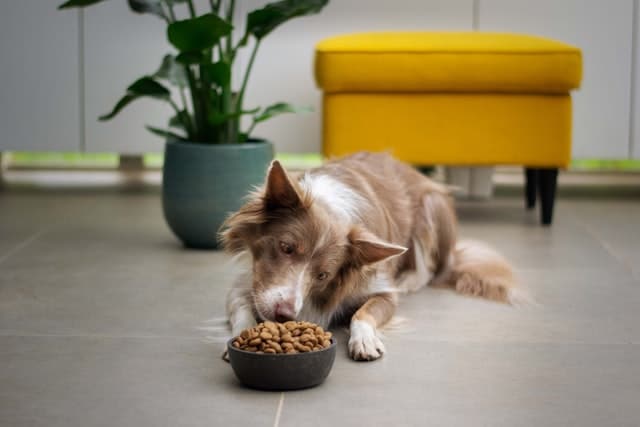
9. Find the source of the smell and remove it.
So far we have covered the main reasons why your home might have a bad pet odour and how to remove it. But if nothing has worked, then the problem could be out of sight. There might be a hidden old stain which you need to locate or maybe your dog smells every time when being outside.
Inspect your home meticulously, check the walls, under and behind furniture, and places where your dog loves to hide. When you find the source of the odour you should use an odour neutralizer to clean it. Here we have a 3-step DIY recipe:
- Combine 2 cups of white vinegar with 4 tablespoons of baking soda.
- Pour the mixture into a clean and dry bottle (preferably a spray bottle).
- Fill the rest of the bottle with lukewarm water.
Treat the stain with this DIY odour neutralizer, wait for several minutes while it does its magic and then wipe it with a cloth.
10. Use a black light to locate invisible stains.
Sometimes inspecting your home with a naked eye might not be enough to find the spot which releases a bad pet smell. In this case, you can rely on a black light to reveal stains from dog urine, saliva or other pet body fluids. These types of stains glow with green or yellow light.
Thoroughly check the walls and furniture with the black light as well to find any leftover stains and get rid of the dog smell for good. If the stains you find glow with a very bright light, then they might be from something else, e.g. cleaning products or spilt soft drinks.
11. Use odour-sealing paint for removing stubborn wall stains.
There is a chance that the reason for the bad pet odour in your house is a dog urine spot somewhere on the walls. When you have located yourself, there are two ways to get rid of it:
- Change your drywall with a new one.
- Apply dour-sealing primer.
- Paint over and finish.
The odour-sealing paint can become handy in case there is a dog urine smell incorporated into wooden furniture or floors.
Read More: Best Dog Bath Tubs UK 2021 – Wash Your Dog Without Wrecking The House
12. Place odour-neutralizing products around your home.
Have in mind that these types of products will only help you with a mild pet odour issue. They are not suitable for eliminating stubborn dog smell. Use them occasionally when you are welcoming guests or during days when you don’t have time for proper cleaning.
Potpourri baskets and scented candles can also be useful in such cases. But always have in mind to place them out of the reach of your pet.
Removing the nasty odour of dog urine can be challenging but not impossible. Follow these simple tips by Jug Dog and remove the dog odour from your house with ease. For questions or advice, do not hesitate to get in touch.
